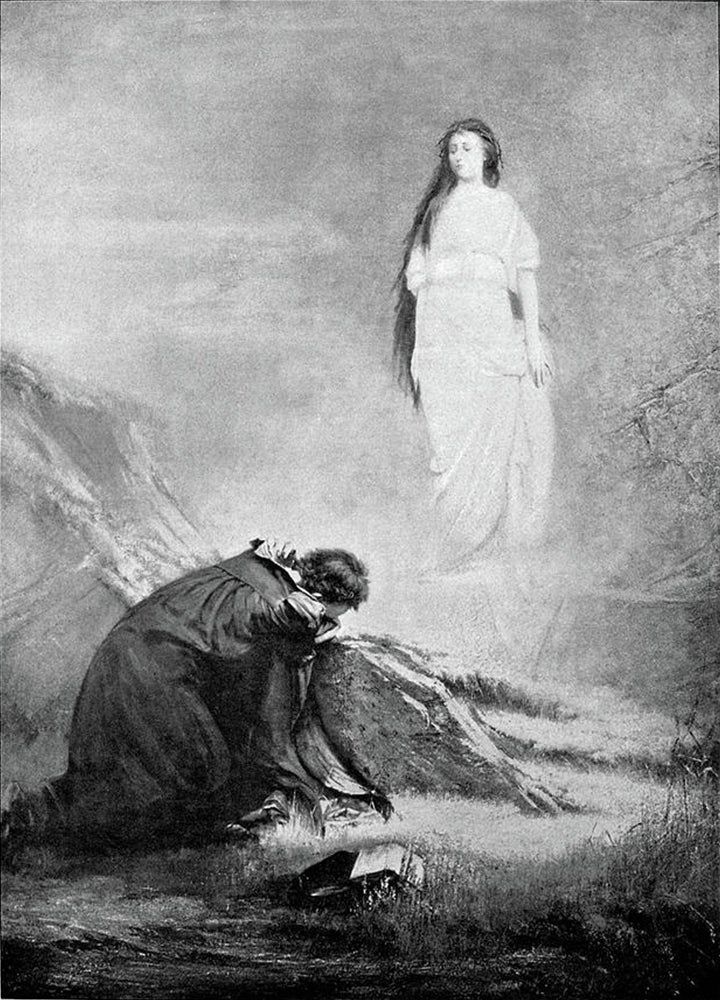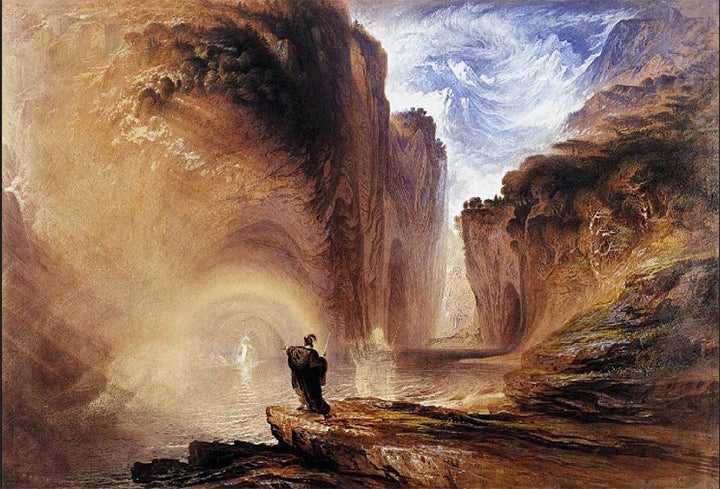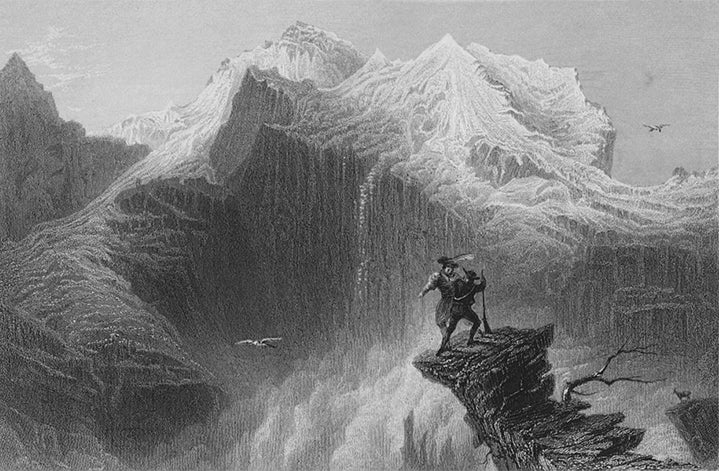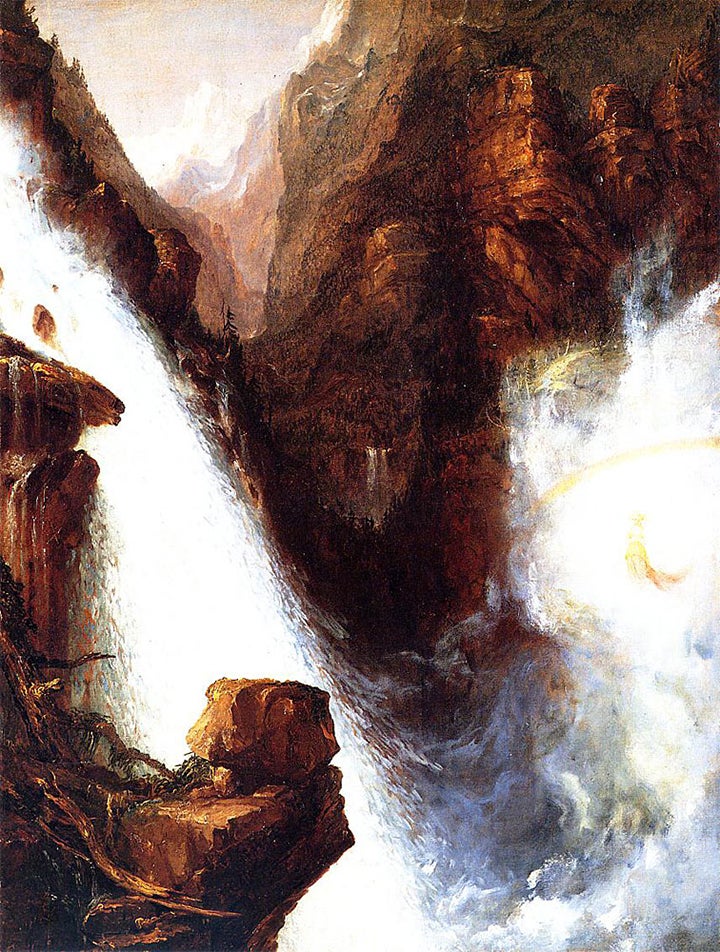Exploring Tchaikovsky’s Manfred Symphony
When a dramatic story garnered a symphony, instead of a ballet, from Tchaikovsky’s pen
“[Tchaikovsky’s Manfred Symphony] is one of the great programme symphonies of the 19th century.” – John Warrack, musicologist & critic
Tchaikovsky checked all the boxes for a good storyteller—interesting narratives, colorful ideas, character development—and proved this all through his music. From his timeless ballet The Nutcracker to the shorter, tightly knit Romeo and Juliet Fantasy-Overture, Tchaikovsky could successfully handle stories of various lengths and themes. So when he considered the idea of composing a large-scale work inspired by Lord Byron’s dramatic poem “Manfred,” he knew he needed to devote his full creativity to the project. The result was a towering gothic symphony that became Tchaikovsky’s longest program work and remains one of his most mysterious pieces.
Byron’s epic poem is a tale in three acts, each with multiple scenes. Tchaikovsky’s symphony is in the traditional four-movement plan, each including passages of text that elaborate specifically on Manfred’s self-absorbed journey. What follows are quotes and paintings that were also inspired by the classic English poem.
First Movement (Tableau)
“Weary and tormented, Manfred wanders the Alps, vainly seeking destruction. A remembrance of his lost love Astarte tears at his heart.”

The music seems to wander in this first movement, although it is very direct in the passion it conveys. Similarly, Manfred wanders aimlessly, though passionately, through the great Alps. Tchaikovsky relays these complicated emotions, eventually reconciling them in a submission of despair by the end of the movement.
Second Movement (Tableau)
“An Alpine fairy appears to Manfred in a rainbow created in a waterfall’s mist.”

*This is the Alpine fairy in Tchaikovsky’s translation
Tchaikovsky’s orchestral wizardry is at its peak in this movement, sprinkling delicate flurries of notes that mimic the mist of the waterfall. The music never feels grounded—always in mystical flight until the very end.
Third Movement (Tableau)
“A picture of the simple, poor, free life of the mountain inhabitants.”

This is Tchaikovsky’s “slow movement.” The whole expression is a pastoral, calming and peaceful. The music feels at a distance, however, as if it is a memory. Tchaikovsky knew to translate this as a long-lost feeling, for Manfred is lost. Although the beauty is direct, he is disconnected from this life—this is his escape.
Fourth Movement (Tableau)
“Underground demons. Hellish orgy. Manfred’s appearance among the bacchanal. The summoning and appearance of Astarte’s shade. He is forgiven. Manfred’s death.”

This movement draws on the fiery grief and meandering from the first movement. Tchaikovsky follows the text of this tableau quite directly, moving from the invocation of hell and Manfred’s arrival there, to the cooling presence of Astarte and ultimately giving way to a moving chorale for Manfred’s death.
The texts that introduce the four tableaux capture the highlights of this story. Byron’s poem is deeply detailed, written out through monologue and dialogue in multiple acts. Like the paintings, the tableaux texts are not a word-for-word representation; they are instead preoccupied with specific elements or feelings from the story. Tchaikovsky’s music seems to follows a similar structure, but he gives us so much more. The symphony as a whole captures these emotional peaks, but Tchaikovsky’s charming mastery of the ballet-style play-by-play gives us the full story.
Don’t miss the NJSO perform this moving and dramatic work during the opening weekend of the 2019 NJSO Winter Festival, Jan 10–13.
Post by Michael Rosin